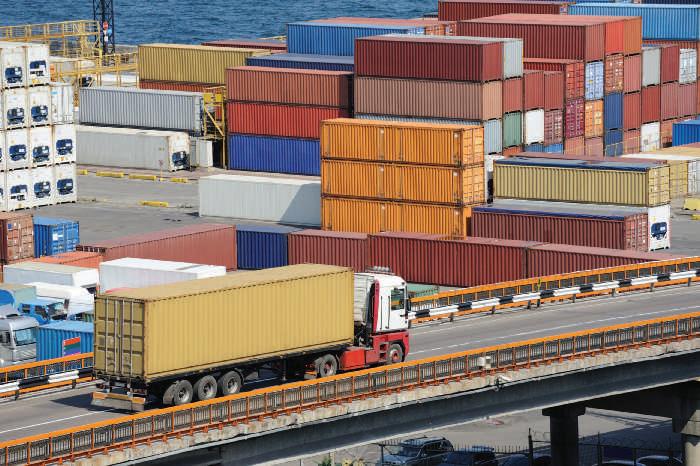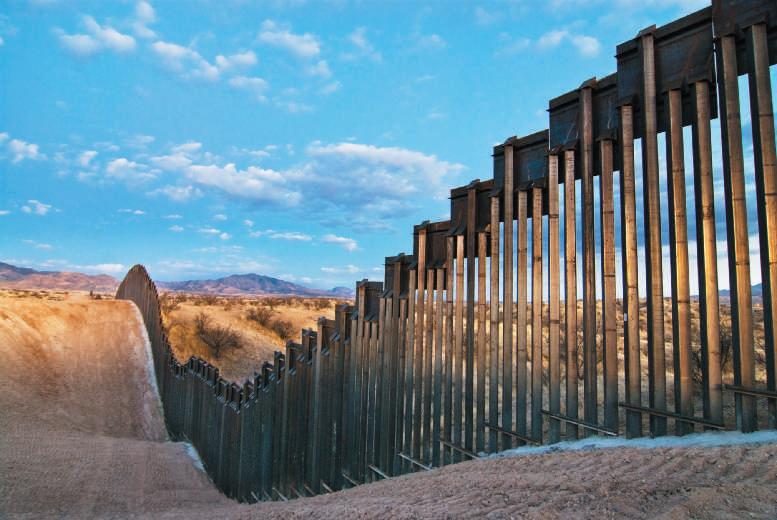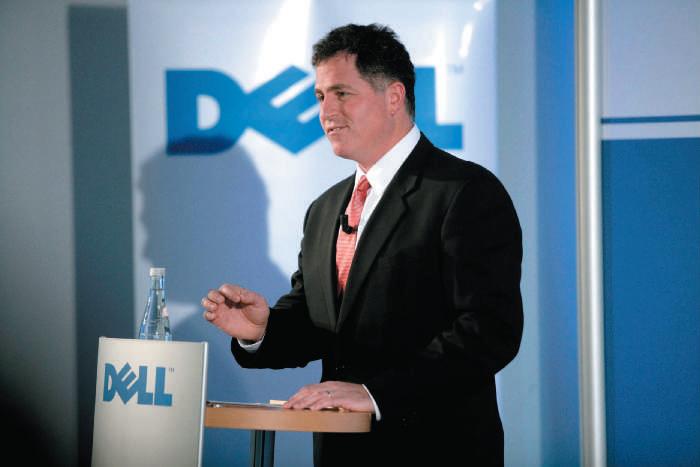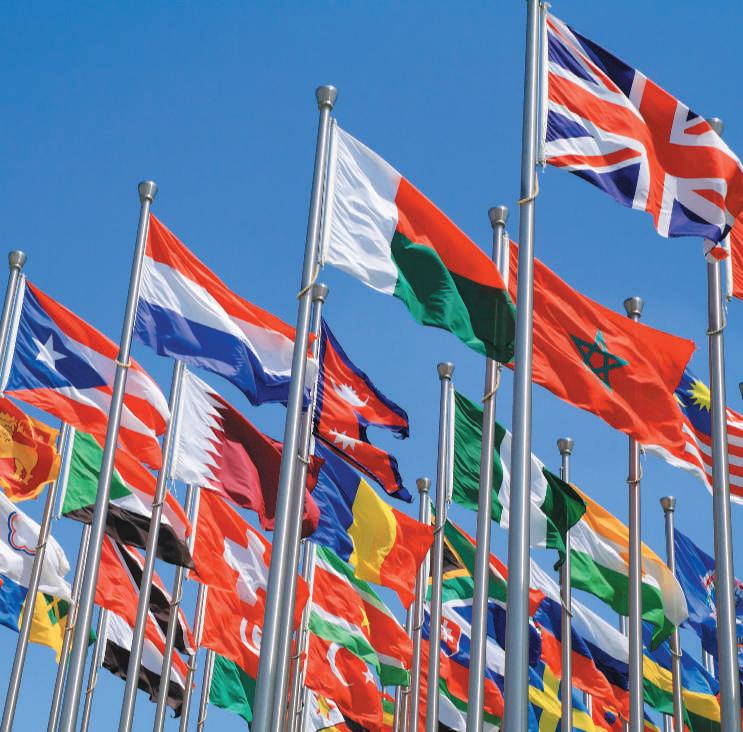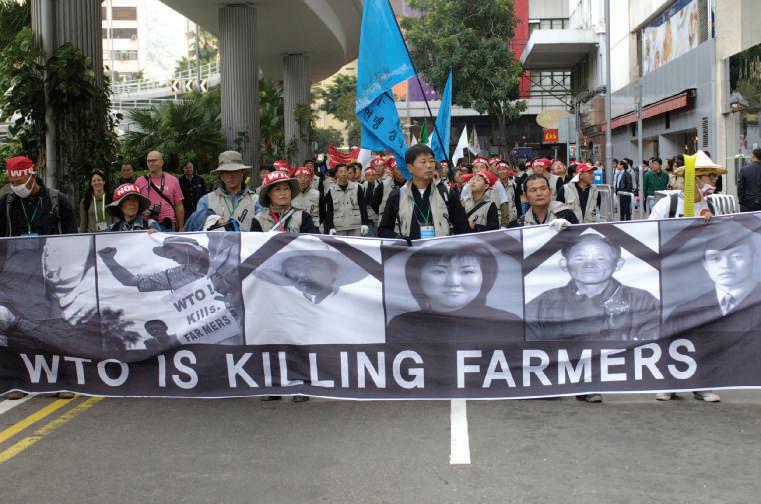M N E s a nd T h ei r Glo b a l S t r a t e g ic M o t i v es
203
In the manufacturing sector, with the introduction of assembly line production by Ford Motor Company in 1903, U.S. companies, such as Ford and General Motors, sought to actively penetrate the European market by acquiring some of the numerous small-scale car companies there. By the early 1950s, assembly line production had spread beyond the auto industry to include the manufacture of almost all consumer durables like appliances (washing machines, refrigerators, stoves, etc.) and consumer electronics (radio and television sets, phonographs, etc.). In recent decades, aircraft manufacturing and even smartphone assembly operations have started implementing manufacturing techniques like just-in-time and just-in-sequence manufacturing, supply chain management, and ERP (enterprise resource planning) systems across national borders.8 Although U.S., European, and Japanese MNEs still play a dominant role in the world economy, they are and will continue to be challenged by the rise of MNEs from emerging economies, especially from China, India, Brazil, Russia, South Korea, and South Africa. The rise of emerging-market MNEs will be the distinctive feature of foreign direct investment for the 21st century.
R e a l i t y C h e c k LO-2 Identify an emerging-market MNE that has operating facilities in your neighborhood or state. Determine the national origin of that company and its motive for choosing your state.
8-3 MNEs and Their Global Strategic Motives The text has discussed that MNEs could enter foreign markets as traders, licensors, franchisors, joint venture or strategic partners, through mergers and acquisitions, or as wholly-owned subsidiaries. Now the text will provide information on what motivates MNEs to go international. The strategic motives of China’s MNEs are quite different from those of U.S. MNEs or their European counterparts. And, within a foreign country, each MNE may have a specific reason for wanting to go abroad. All of them, however, would like to use their respective competitive advantages and core competencies to achieve specific national or corporate objectives. In a free enterprise system, the overriding objective of firms wanting to invest abroad is to maximize shareholder wealth (i.e., to maximize the net present value of future cash flows of foreign investment adjusted for exchange rate movements). Or, to put it in simpler terms, companies go abroad to maximize profits so that shareholders can receive larger dividends and allow share prices to rise over time. So, how do companies try to maximize profits when investing abroad? How do they choose the country or countries in which to invest? The answer to these two questions is embedded in the following three strategic motives: companies seek to go abroad to increase revenues, to cut costs, and/or to diversify operations to minimize risk (i.e., to reduce the impact of business cycles or political changes on a firm’s cash flows). Or, companies may try to accomplish all three goals together. Let’s discuss these three strategies in some detail.
8-3a Revenue Maximizing Strategies When MNEs go abroad to maximize revenue, they generally do so for two major reasons. First, there could be massive competition in the home market that will be reflected in decreasing profit margins and market saturation for their products or services. Second, firms may genuinely identify new business opportunities abroad based upon their competitive advantages in production, technology, and management. Now we will try to identify and segment the potential markets abroad.
LO-3 Explain the major strategic reasons why MNEs invest abroad.
maximize shareholder wealth
to maximize the net present value of future cash flows of foreign investment adjusted for exchange rate movements or to maximize profits so that shareholders could receive larger dividends and see their share prices rise over time
Copyright 2017 Cengage Learning. All Rights Reserved. May not be copied, scanned, or duplicated, in whole or in part. Due to electronic rights, some third party content may be suppressed from the eBook and/or eChapter(s). Editorial review has deemed that any suppressed content does not materially affect the overall learning experience. Cengage Learning reserves the right to remove additional content at any time if subsequent rights restrictions require it.









